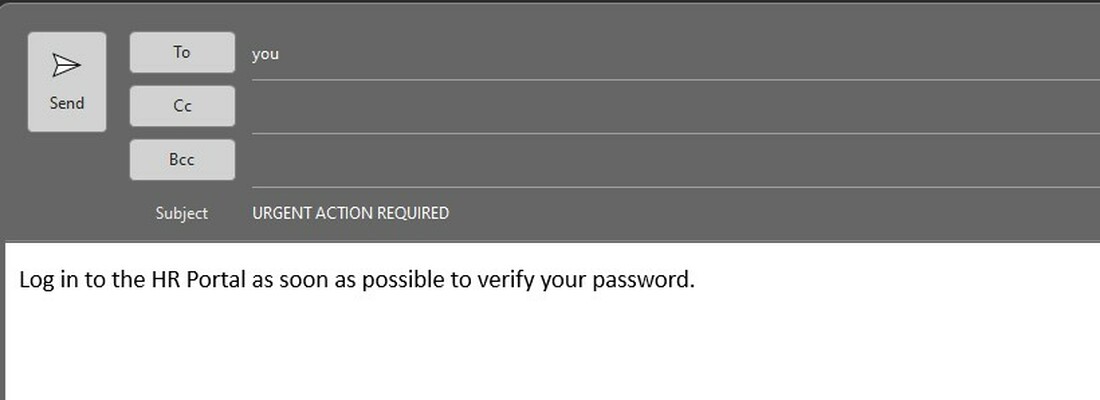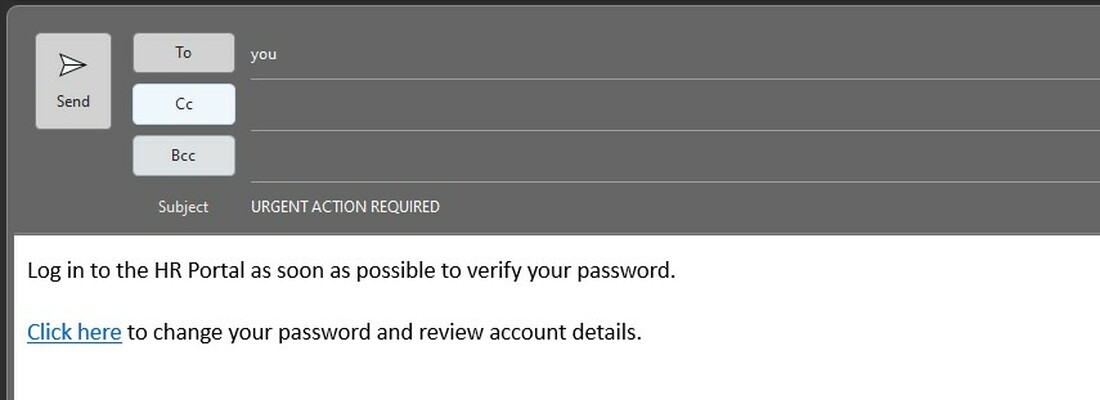As you all know, scammers will stop at nothing to gain your personal information, including when you’re at work. Many businesses have plans in place to deter scammers from trying to trick their employees, but scammers are constantly finding new ways to get around security controls.
That being said, there’s plenty of room for human error, which is why it’s important to make sure you’re educated on phishing scams, including how they work and what they look like. Continue reading to see if you’ve experienced some of these phishing attempts at your business.
How Do Phishing Attacks Work?
Scamming is a full-time business. Thousands of people are employed each day to try and scam other people. Many professional scammers will research major companies and try to find loopholes in the system that will allow them access to the personal information of many employees and customers. One major way they do this is through phishing emails. A phishing email is meant to lure you into clicking on a link, attachment, or even sharing sensitive information under the guise of an emergency.
This may come in the form of a fake invoice, fake work schedule, message from HR, unusual activity alert, compromised credit/debit card alert, account deactivation threat, request to change a password, or even a request to verify an order. Scammers will pretend to be vendors or someone within your organization, such as your IT department, supervisor, HR department or CEO. This is why it’s so important to slow down when you receive an email and read it thoroughly before acting or responding. Scammers can rip off logos from any major company and can access your coworkers’ names to make the email seem more realistic.
What do Phishing Emails Look Like?
Scammers are good at their jobs, but they’re still human and often make obvious mistakes that you can spot if you check your emails carefully.
For example, scammers often try to create a sense of urgency with tight timelines, warning you of a negative consequence if you don’t comply with what they’re asking.

Scammers may also put in fake links to encourage you to click, leading you to malware that will steal your personal information once entered. If they don’t include links, they may instead add a malicious file as an attachment.

Spelling and grammar mistakes are common with phishing emails.

Scammers expect you to not check the email address they’re sending the message from, just the content. Always look at the address of the sender as it may reveal clues that show it’s a scammer and not your coworker asking you to verify an order or change your password. Common examples include HR@companyname or ITDepartment@companyname.
How To Avoid Falling for A Phishing Email
If you slow down and read emails carefully, it’s unlikely that you will become a victim of a phishing scam. Keep these tips in mind as you go about your day.
#1: If you get an extremely urgent message supposedly from someone within your organization (or an outside company), proceed with caution. Read the email thoroughly to understand what they’re asking of you. If needed, verify with coworkers if there’s a project or vendor you maybe have missed that would reach out to you directly.
#2: Hover over any links in emails to make sure they match the website they’re supposed to lead to, but don’t click until you’ve verified everything is legitimate.
#3: If there are multiple spelling and grammar errors, especially if it’s from someone who normally doesn’t write that way, be cautious and follow your business’s reporting procedure for attempted phishing emails.
#4: Always inspect email addresses to ensure they’re from a legitimate company or if it’s from within, is a recognized email address at your company.
Final Takeaways
You are the first line of defense for your company. Whether you work for a large or small organization, are the CEO, upper management, or an entry-level position, scammers will target you equally. Remember to slow down when reading your emails and make sure you’re looking for the warning signs of a scam each time. If you feel like you may have been the victim of a phishing email, it’s important to follow your company’s procedures to ensure all confidential information stays safe. If you’re a business owner and you believe you have been the victim of a phishing scam, make sure you report the situation to the FTC. You may also want to report the incident to the police and your bank.
For more information on how to avoid scammers and ensure you’re set up for financial success, talk to your local banker: Locations - Availa Bank. If you’re interested in more education for your employees, Availa Bank offers presentations for businesses on common fraud and scam attempts to help protect you from potential attacks. Let us help you today!

